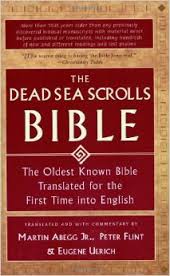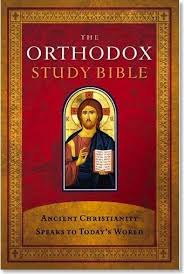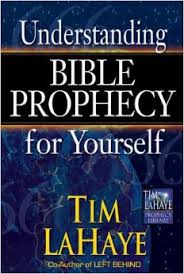Description
From the dramatic find in the caves of Qumran, the world’s most ancient version of the Bible allows us to read the scriptures as they were in the time of Jesus.
The Dead Sea Scrolls may well be the most important archaeological discovery of the twentieth century; it is certainly among the top discoveries in any case. It has shed important light on one of the most influential and formative documents of the world, namely the collection of writings which we have come to know as the Hebrew Bible, or the Old Testament. A thousand years older than the next-oldest copies we have of these documents, this treasure trove has delighted, tantalised, and irritated scholars, clerics, and other interested parties since their chance discover some half-century ago.
`Preserving parts of all but one biblical book, the scrolls confirm that the text of the Old Testament as it has been handed down through the ages is largely correct. Yet, they also reveal numerous important differences.’
(Do you know which book is not included? For the answer, see the bottom of this article.)
This book presents material from all 220 of the biblical scrolls (there are hundreds of other scrolls that were not biblical, i.e., not copies of biblical texts). These were newly translated by Eugene Ulrich, Peter Flint, and Martin Abegg, who hold important positions in the continuing research and scholarship about the scrolls. These editors have also added commentary to help illuminate further the textual variations between the scrolls and the texts we have today.
`At the time of Jesus and rabbi Hillel–the origins of Christianity and rabbinic Judaism–there was, and there was not, a ‘Bible’. This critical period, and the nature of the Bible in that period, have been freshly illuminated by the biblical Dead Sea Scrolls.




